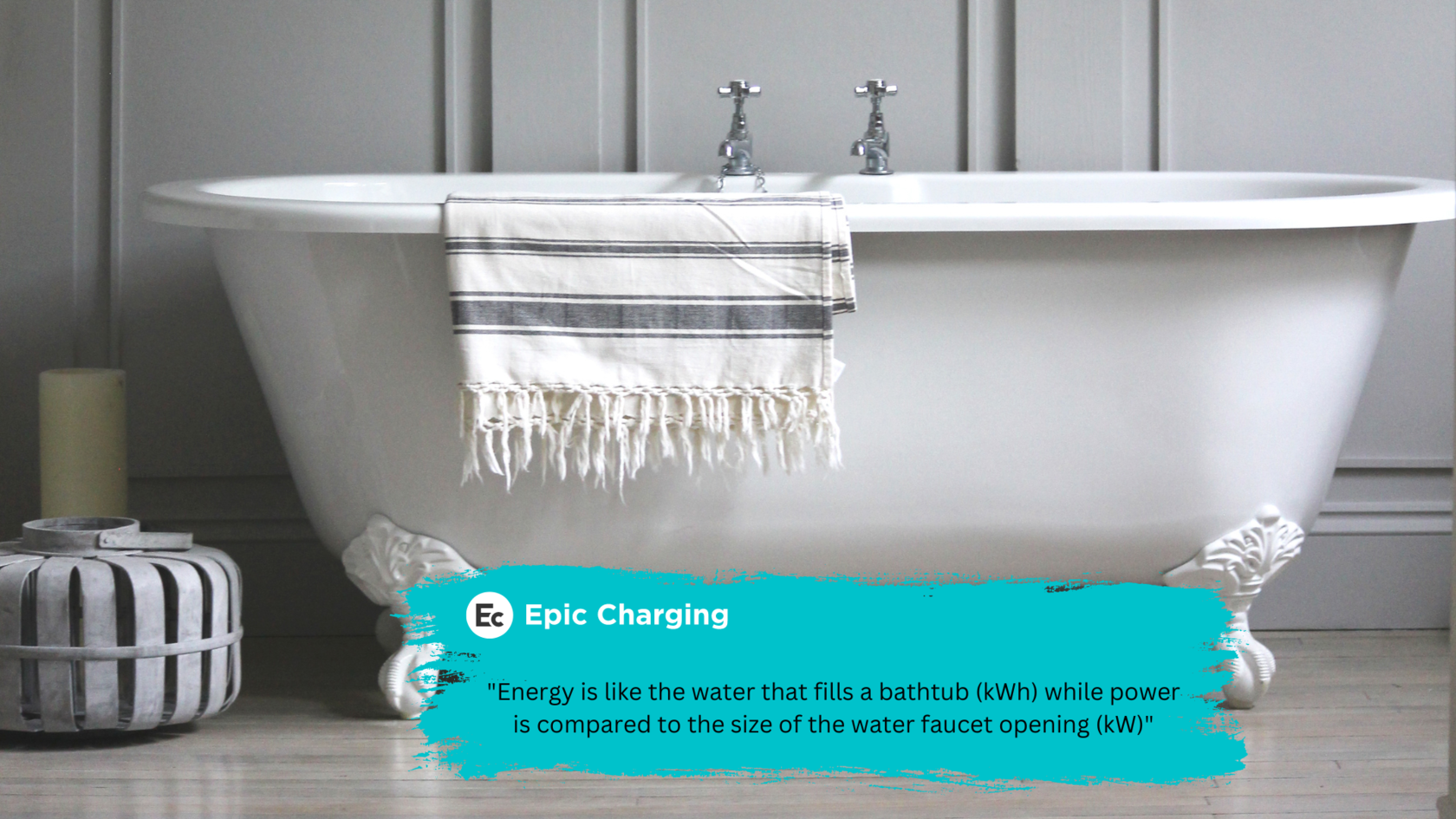Electric utilities have a variety of ways in which they bill customers but the biggest components of any utility bill tend to be the charges for energy (measured in $/kWh) and power (measured in $/kW). Before we can properly answer the question about time of day charging, it’s helpful to talk about bathtubs.
People in the electricity sector love to use the analogy of a bathtub when they talk about the difference between energy (kWh) and power (kW). Energy is like the water that fills a bathtub while power is compared to the size of the water faucet opening. The more ‘powerful’ your faucet is, the faster your bathtub will get filled, but regardless of the speed, you will still use the same amount of water to fill your tub. Utilities bill commercial customers separately depending on the maximum power they need (this is called ‘peak power’), and how much energy they consume (this is called ‘energy charge’). Now we can talk about why experienced fleet managers obsess about the time of day when their electric vehicles are charging.
Imagine that you’re a school bus fleet operator in Southern California and your company, the Magic School Bus Inc., has grown to operate a fleet of 20 school buses. Prior to electrifying the buses, your biggest energy expense would be diesel and now, your biggest energy expense would be electricity.
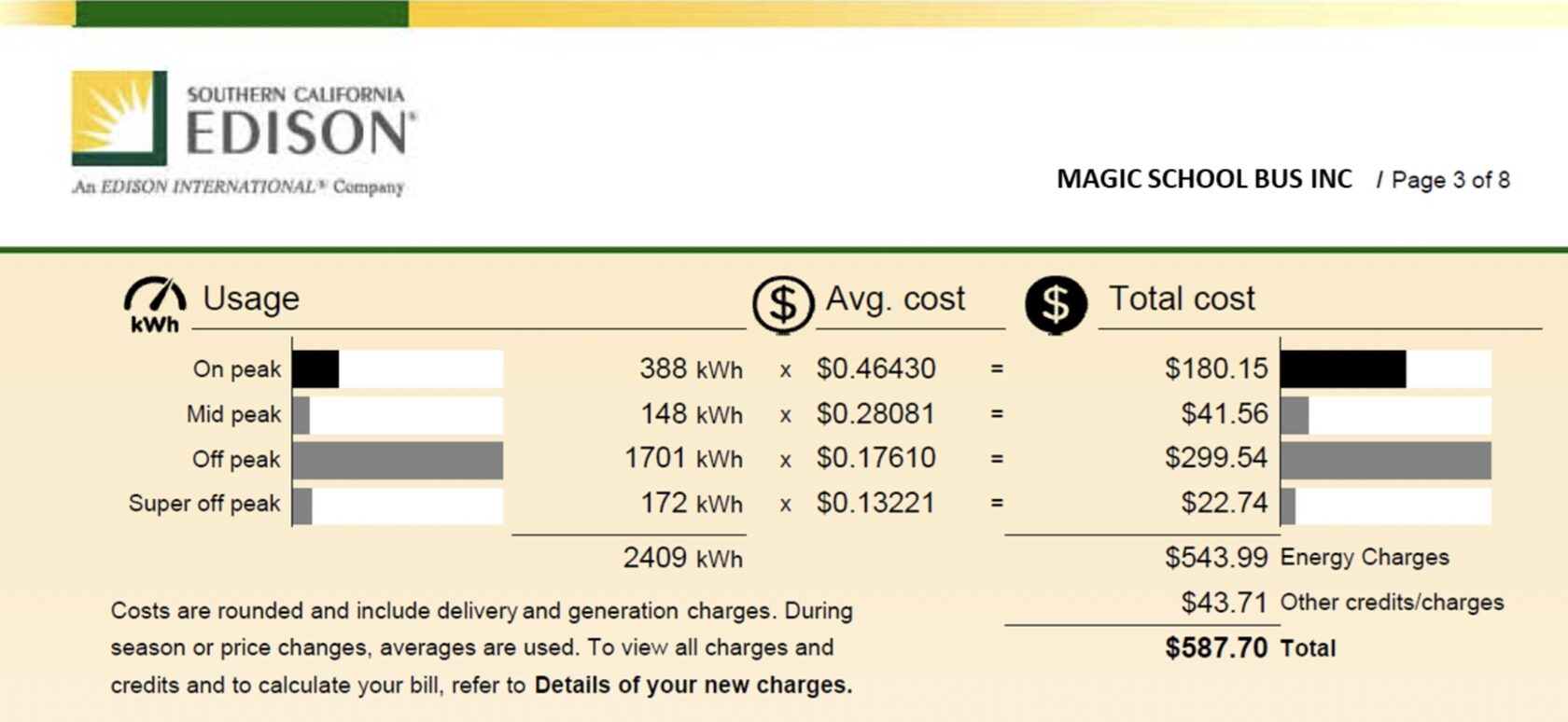
Before you operate electric school buses, you would most likely have a low power demand and qualify for Southern California Edison’s TOU-SG-1 which applies to “business customers with demands of 20 kilowatts or less”. However, once you start adding electric school buses to your fleet, the relationship with your utility will change.
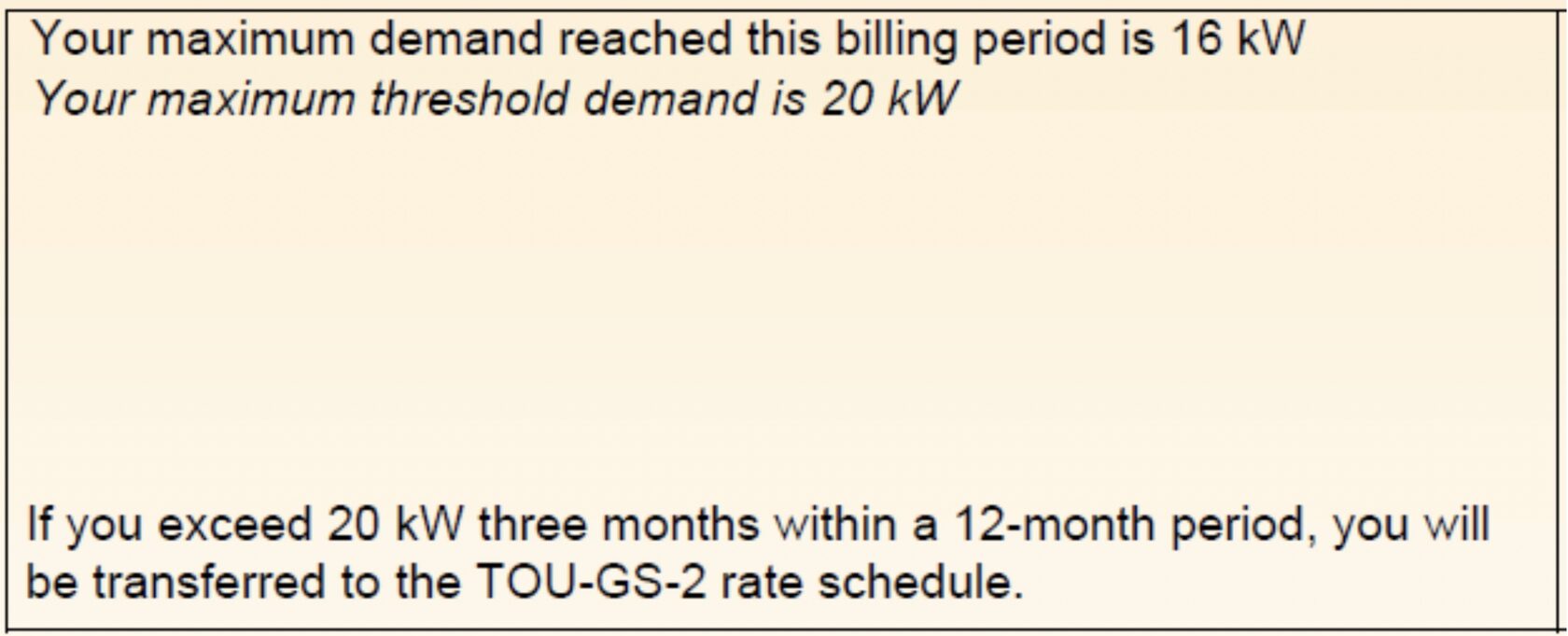
Calculating the Effects of Peak Electricity Demand
Let’s talk about what happens when you add 5 electric school buses. When you electrify your vehicles, SCE will transfer your account into a different rate schedule such as TOU-GS-2 (customers with demand above 20 kW and below 200 kW) or TOU-EV-8 (commercial EV owners with demand between 20kW to 500 kW).
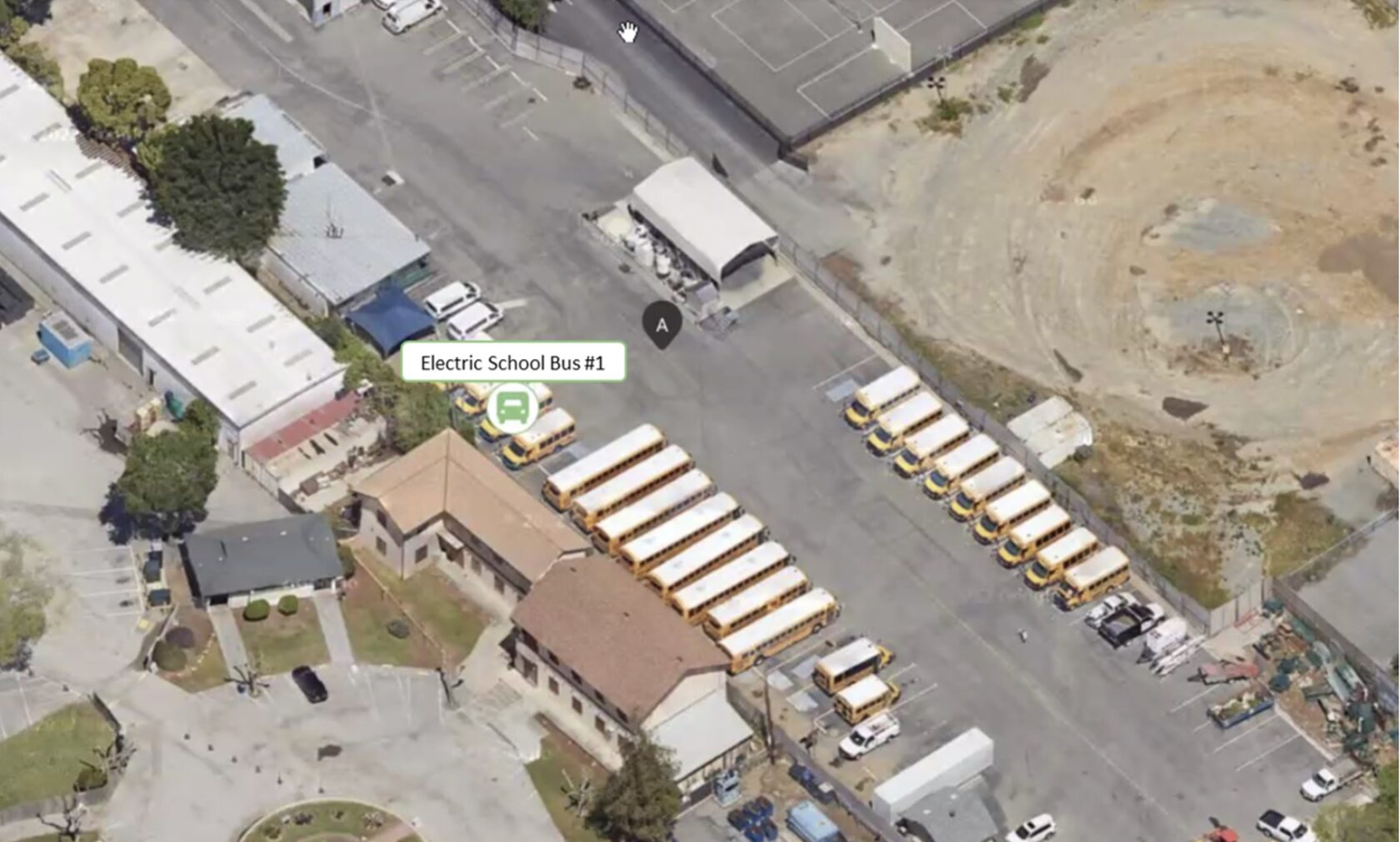
Assuming that your Magic School Buses drive 60 miles per day (which is the average daily driving distance in the US), every school bus that you electrify will consume about 76 kWh per day and it will be able to charge at a power rate as high as 50kW.
Unmanaged Charging
In the utility space, the idea of ‘managed’ vs. ‘unmanaged’ charging is very important. Managed charging means that you actively determine when to consume electricity in order to reduce your costs as much as possible. In an unmanaged charging scenario, your vehicles would plug and all charge at the highest possible power level until their battery is recharged. For 5 vehicles, this means your peak demand could be as high as 250 kW (5 vehicles x 50 kW).
When you manage charging, you actively ‘tell your vehicles’ when to charge. For our example, we’ll assume that our magic school buses are parked and available for charging between the hours of 11am - 2pm and 9pm - 5am (you can adjust this scenario by visiting SCE’s fleet fuel savings calculator.
This means that our magic school buses will have 13 hours to recharge 76 kWh (the total energy consumed per day). When you actively manage charging, you could reduce the peak demand per vehicle to just under 6kW (76 kWh / 13 hours to recharge). For 5 vehicles, this means that your peak demand could be lower than 30kW (5 vehicles x 6 kW).
It turns out that the difference between charging your vehicles at an unmanaged peak 250kW compared to a managed peak of 30kW creates a significant cost difference.
Using SCE’s fleet fuel calculator, you can calculate that using software to manage the charging power of our school bus fleet will result in savings higher than $25,000 per year. That’s almost half of the salary for one of your drivers!
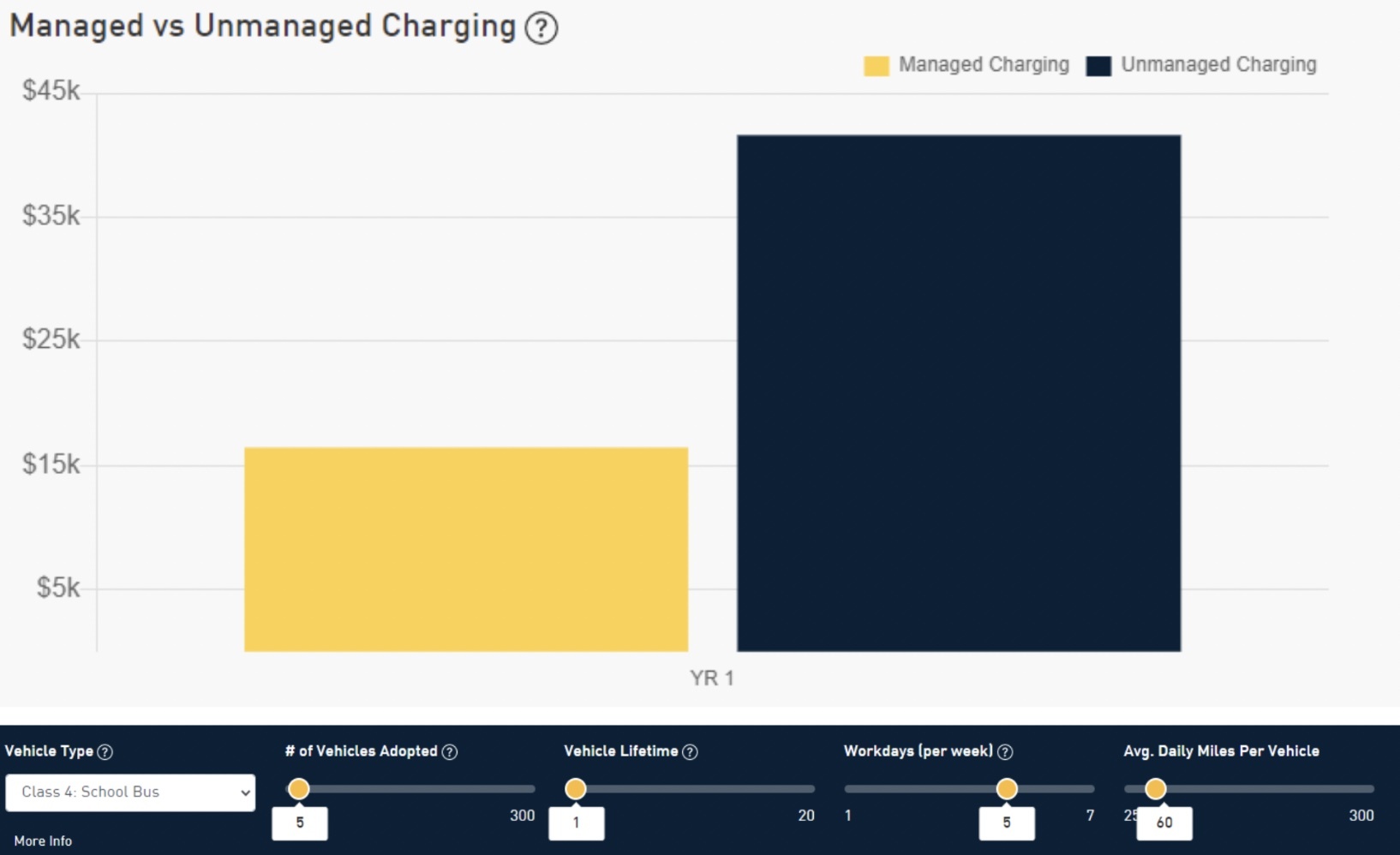
About EPIC Charging
We created EPIC charging to provide the most cost effective electric fleet management solution on the market. To meet our objective, our team is proud to have launched a hardware agnostic software platform and to distribute affordable EV chargers for fleet managers on a tight budget.
One of the ways we help fleet owners get the most out of their electric vehicles is by helping them manage their EV charging to ensure they pay the lowest possible amount for electricity. Our intelligent software platform integrates the latest pricing information from utilities and allows you to schedule EV charging regardless of your vehicle and infrastructure choices.
The image below shows an example of a school bus operator using EPIC charging software and hardware to manage their EV charging. They operate a Micro bird G5 electric school bus connected with the Ecotuned telematics solution. Our engineering team designed the EPIC charging software to be flexible and vendor agnostic which allowed us to quickly integrate data from these two companies into the EPIC charging software platform.
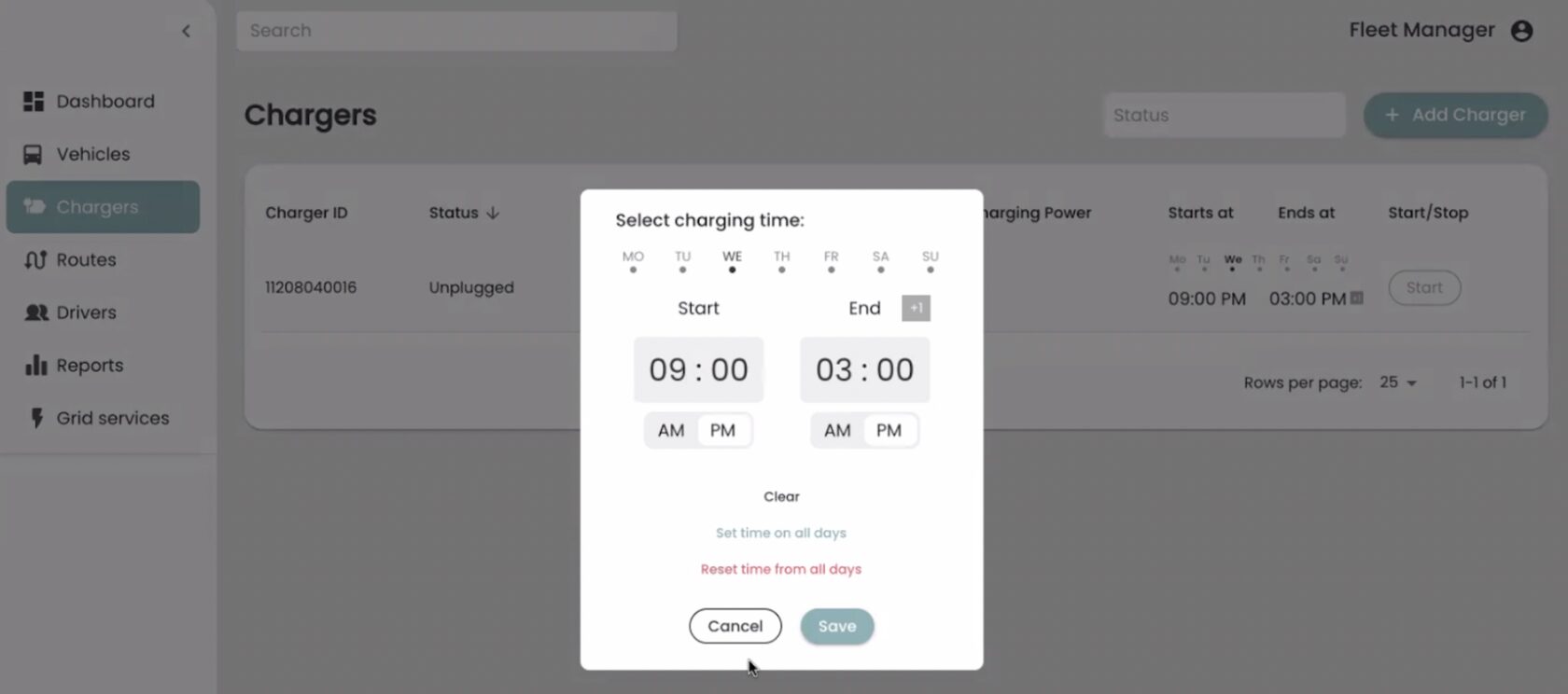
This school bus has a drivable range of 70 miles so the driver needs to charge the bus twice a day. As you can see below, the dashboard shows how our customer has been able to schedule their charging to happen off-peak 80% of the time which has reduced their average energy costs to $0.18 / kWh (approximately 2/3 cheaper than unmanaged charging).
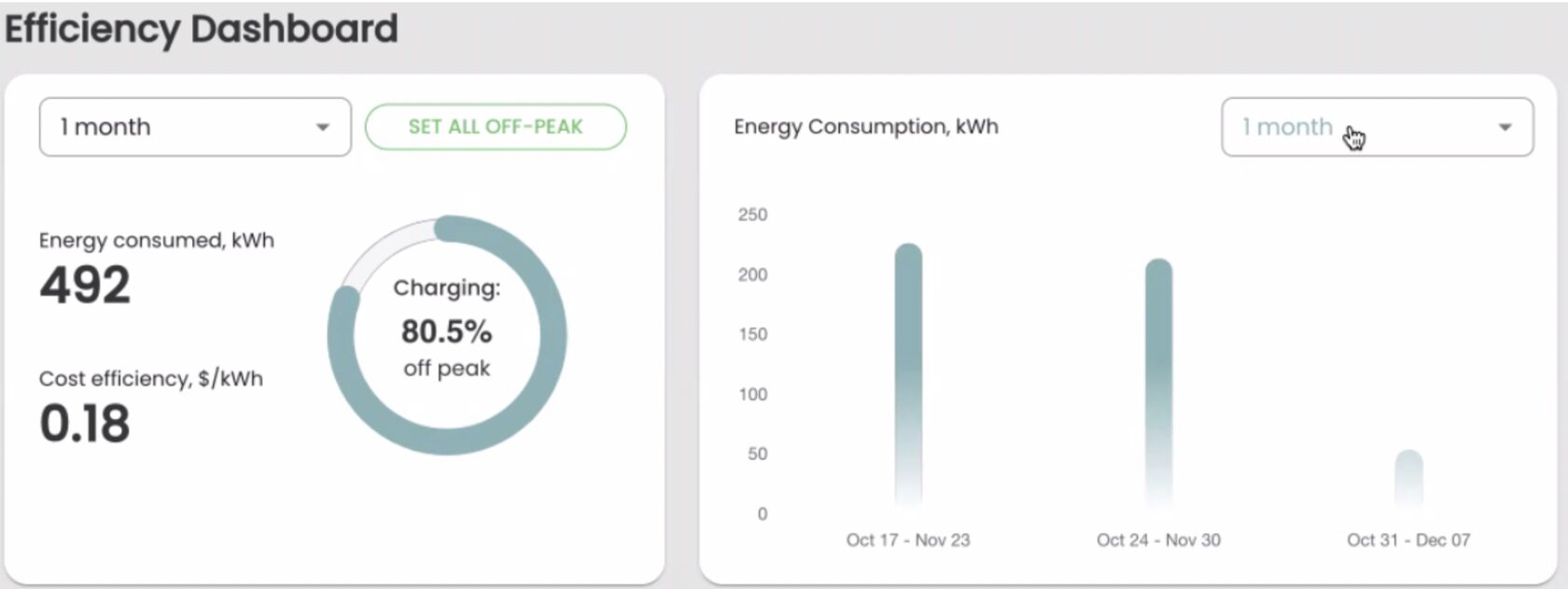
We’re here to help and we love talking to fleet owners about electricity costs and EV charging. Contact us for a free consultation and we’ll help you determine the best way to save money while you electrify your fleet.
Contact Sales - sales@epiccharging.com.

